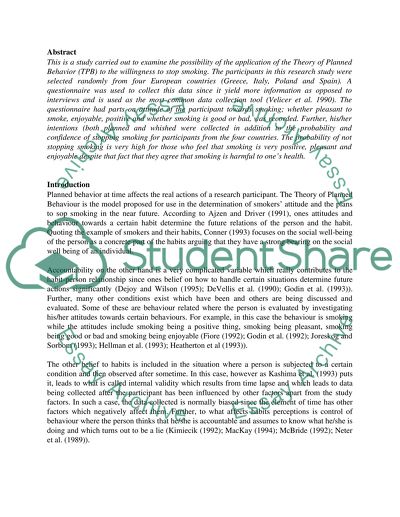Cite this document
(Application of the Theory of Planned Behavior to the Willingness to Research Paper, n.d.)
Application of the Theory of Planned Behavior to the Willingness to Research Paper. Retrieved from https://studentshare.org/psychology/1563982-data-analysis-report
Application of the Theory of Planned Behavior to the Willingness to Research Paper. Retrieved from https://studentshare.org/psychology/1563982-data-analysis-report
(Application of the Theory of Planned Behavior to the Willingness to Research Paper)
Application of the Theory of Planned Behavior to the Willingness to Research Paper. https://studentshare.org/psychology/1563982-data-analysis-report.
Application of the Theory of Planned Behavior to the Willingness to Research Paper. https://studentshare.org/psychology/1563982-data-analysis-report.
“Application of the Theory of Planned Behavior to the Willingness to Research Paper”, n.d. https://studentshare.org/psychology/1563982-data-analysis-report.


